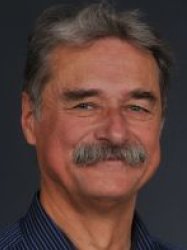BibTex format
@article{Berrah:2019:10.1038/s41567-019-0665-7,
author = {Berrah, N and Sanchez-Gonzalez, A and Jurek, Z and Obaid, R and Xiong, H and Squibb, RJ and Osipov, T and Lutman, A and Fang, L and Barillot, T and Bozek, JD and Cryan, J and Wolf, TJA and Rolles, D and Coffee, R and Schnorr, K and Augustin, S and Fukuzawa, H and Motomura, K and Niebuhr, N and Frasinski, LJ and Feifel, R and Schulz, CP and Toyota, K and Son, S-K and Ueda, K and Pfeifer, T and Marangos, JP and Santra, R},
doi = {10.1038/s41567-019-0665-7},
journal = {Nature Physics},
pages = {1279--1283},
title = {Femtosecond-resolved observation of the fragmentation of buckminsterfullerene following X-ray multiphoton ionization},
url = {http://dx.doi.org/10.1038/s41567-019-0665-7},
volume = {15},
year = {2019}
}

